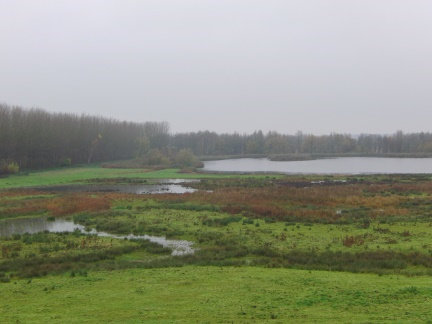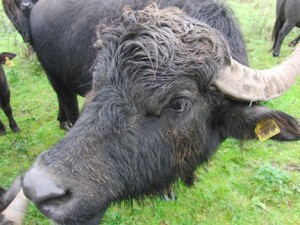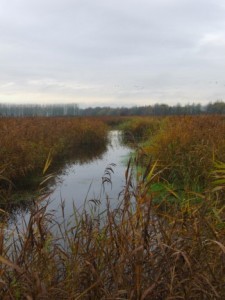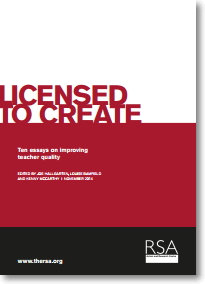Just published, this report offers fresh insights into the conditionality of being an employer, factored through the lens of rising self-employment, business fears about employment and how central government could deploy a mind-shift in its approach to entrepreneurship and the creation of new jobs.
Authored by Benedict Dellot, the report looks across the business landscape and considers three key areas of analysis that cause the self-employed to falter at the recruitment doorway – pragmatic issues, the mindset and the cognitive biases.
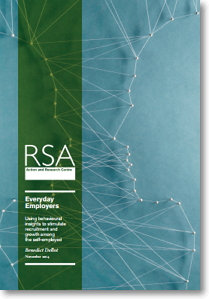
Everyday Employers looks at the practical steps that could be energised in order to overcome barriers to employment.
Pooling risk – where recognition exists that not all risk can be avoided, but could be mitigated by establishing collective approaches to insurance, HR or administrative functions.
From hiring to the concept of accessing a workforce – where employees can be shared across a number of organisations.
Boosting supply, rather than stimulating demand – using existing networks, institutions and and networks to create awareness of new jobs and to generate fresh points of contact with work seekers.
From support expansion to support consolidation – taking a fresh look at a large, hyper-active business support nexus. Assessing fitness for purpose and a leaner operational requirement.
… a divergence in opinion is mirrored in people’s attitudes towards crossing the VAT threshold – one potential consequence of employing staff . While 47 percent of business owners not registered for VAT say it would be difficult to operate their firm if they went past the threshold, this compares to just 13 percent of VAT registered business owners looking back in hindsight…
The question of the VAT threshold for small business is used to illustrate the mindset, perceived assumptions , that can restrain business owners from taking on additional staff. The report underscores this philosophical error by highlighting research into how little the small business actually understands about government policy, a gap in knowledge which is compounded by the complexity of the existing business support mechanisms previously mentioned.
In the final section of Everyday Employers, the issue of cognitive bias is analysed. This falls into four distinct categories, the whole of which is, it can be argued, a neat proxy for the ‘landscape of fear’ that can wrack the entrepreneur.
Inertia – simply put, the gain from expansion is outweighed by the potential loss that might be created by the process of growth itself.
Control – a business builder increasingly feels they need to control their creation, nearly always over-estimating their own ability to be productive, for example. This conditioning leads the potential employer to inherently distrust the potential capabilities of new recruits to their business.
Short- termism – a lack of planning and an over-focus on the near term. That and the inability of some business owners to step back from the intensity of the day to day running of their business to appropriately plan.
Social proof – we mimic the behaviours and model our organisations alongside those we interact with. If there is no context for the individual and his or her peers that looks at and responds to growth and recruitment, then they won’t do it either.
Benedict’s report, Everyday Employers, also contains interesting data on self-employment, growth and recruitment. Changing or tempering the landscape reviewed above could have a seismic effect the report argues…
- “The number of self-employed people has increased by 30 percent
since 2000. - Only three percent of sole traders hired someone (and kept them) over the
5-year period from 2007–2012. - Doubling this recruitment rate to six percent would result in an extra 100,000
more jobs being created (and sustained) over a 5-year period”.
This is a detailed and convincing report, which comes with practical recommendations for business sector change. It also revisits some previous research and uses the data and analysis to support the operational arguments presented in the report.
For the reflective small business person, the practical politician or the profoundly caring policy analyst, this should be the ‘go to’ manual for the next five years.
![]() Get your copy of Everyday Employers here.
Get your copy of Everyday Employers here.

